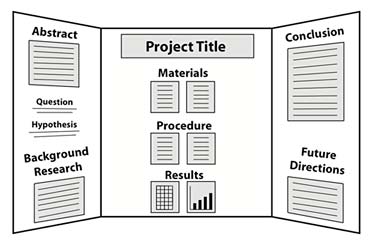 Wookies, tribbles, and flux capacitors are all fine and dandy (and we wouldn’t trade them for all the tea in China!) but what we’re going to focus on these days, ladies and nerds, is the realistic side of science fiction, and the handful of movies that place on their considering caps, consulted their neighborhood rocket scientists, and got their facts (much more or significantly less) straight. The destruction of genuine science was concealed by the escalation of hype and spin, thus science was steadily rebuilt as a Potemkin Village: a superficially-impressive façade of pseudo-knowledge concealing a morass of corrupt bureaucracy and mediocre careerism.
Wookies, tribbles, and flux capacitors are all fine and dandy (and we wouldn’t trade them for all the tea in China!) but what we’re going to focus on these days, ladies and nerds, is the realistic side of science fiction, and the handful of movies that place on their considering caps, consulted their neighborhood rocket scientists, and got their facts (much more or significantly less) straight. The destruction of genuine science was concealed by the escalation of hype and spin, thus science was steadily rebuilt as a Potemkin Village: a superficially-impressive façade of pseudo-knowledge concealing a morass of corrupt bureaucracy and mediocre careerism.
When element of science fiction, driverless cars will soon be a element of our lives and with major automobile manufacturers such as General Motors, Toyota, Ford investing in the technology, prototypes of driverless vehicles will soon be seen on the roads.
For example, if a branch of pseudo-science based on a phoney theory is nonetheless valuable for political purposes (e.g. to justify a government intervention such as a new tax) or for marketing and advertising purposes (to supply the rationale for a marketing and advertising campaign) then genuine science expires and a ‘zombie science’ evolves.
Even though the text is sparse, it manages to convey a fair quantity of details about what occurred that evening. At least usefulness can’t be assured if you are getting sincere – although contemporary researchers seldom are truthful, therefore they frequently do claim that science is predictable, helpful and intrinsically advantageous. If you want to splurge a little and have some pre-made activities for your children, these science kits are excellent choices.
Depending on your persuasion, diffusionist or social constructionist, the report either gave the PUS movement its institutional impetus, or it is the stroke that broke the camel’s back, prompting vital discussion of the report’s theoretical foundation: the deficit, or empty-teapot model of science communication.